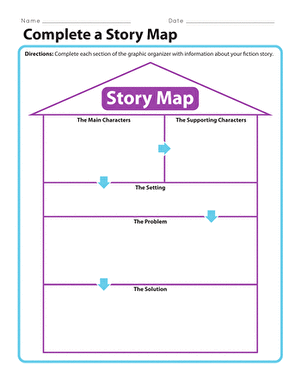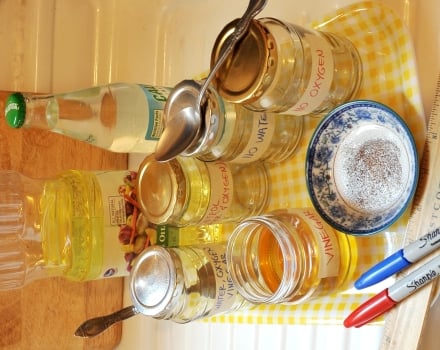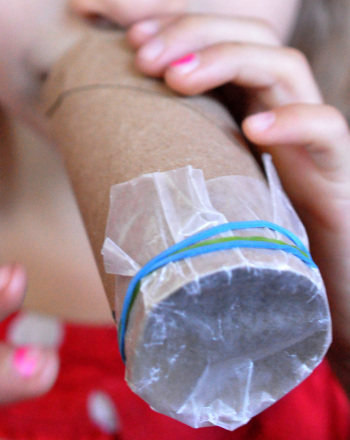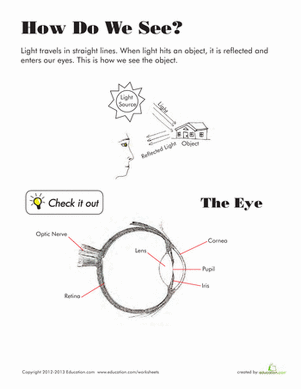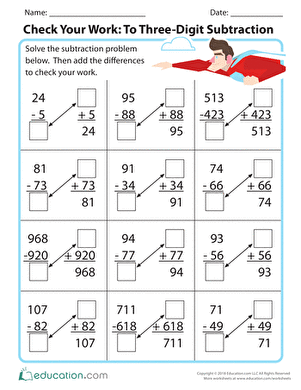Science project
Complete Circuit: How Does a Flashlight Work?
Electricity makes our lives easier by powering our lights, refrigerators, and even some cars! Electricity can travel around in systems called circuits, which carry current—a stream of flowing electrons.
Batteries are a form of stored electricity and can have different voltages, or levels of electric force. Research the types of batteries you will use in this experiment online to find out their voltages. Batteries provide direct current (DC) to a circuit, which means the direction of the current is always the same. Electrical outlets in our home provide alternating current (AC), which is more efficient at carrying electricity.
Circuits, which often use batteries and wires to power useful devices like light bulbs, carry current when they are in a closed circuit, which means that electricity can travel in a loop. Resistance, which is a property of a material, can be found in the batteries, wires, lights, and other devices and is what causes energy to be used up in a system.
Problem
How do we build a circuit to create a flashlight? How do different voltages affect the bulb’s brightness?
Materials
- Flashlight that holds 2 size D batteries
- 1-foot length of insulated (coated) wire
- Wire stripper
- Duct tape or electrical tape
- 2 size D batteries
- 2 size AA batteries
- 2 size AAA batteries
Procedure
- Unscrew the top portion of the light bulb, removing the back half that contains the batteries.
- Have an adult help your strip 1.5 inches of insulation off both ends of the wire.
- Wrap one end of the bare wire around the metal part at the bottom of the bulb. Why do you think the wire need to be bare here?
- Coil up the other bare end of the wire into a spiral that can lie flat against the flat bottom of a battery
- To test each battery, first press the battery’s positive terminal against the bottom of the metal end of your light bulb.
- Next, press the coiled end of the wire to the negative terminal of the battery to close the circuit. Record your observations, making sure to note which type of battery you used and whether or not the light bulb lit upon closing the circuit. If it did, make a note of how bright it was, using words like “bright,” “normal” or “dim.”
- Tape two batteries of the same type together with duct tape or electrical tape. The positive terminal of one battery should be in contact with the negative terminal of the other.
- Repeat steps 5 and 6 with your double battery. Record your observations, making sure to note which type of battery you used, how many you used, and whether or not the light bulb lit upon closing the circuit. If it did, make a note of how bright it was, using words like “bright,” “normal” or “dim.” Does using more batteries make the light brighter?
Note: Do not increase the number of batteries. While the light might sometimes still illuminate, too much current flowing through the circuit can burn out the bulb. The batteries used in this experiment are low voltage and are the safest batteries to use.
Results
D, AA, and AAA batteries will light the circuit. Two batteries will light the bulb brighter than one battery.
Why?
D, AA and AAA batteries all have the same voltage, so they will all provide enough current to light the bulb when the circuit is closed. D batteries are larger than AA batteries, and AA batteries are larger than AAA batteries. For batteries with the same voltage, a larger battery will have a longer life than a smaller battery. Using two batteries instead of one should have made the light shine brighter. This is because you provided more voltage to the circuit and thus more current. More current means more electrons are flowing into the filament. Subsequently, more energy is being emitted, or released, in the form of light.
When the circuit is closed (that is, when the bottom wire touches the negative terminal of the battery), current can flow through the circuit. When the wire is unconnected, current has nowhere to go. This is why the light does not turn on. It is important for the wire ends to be stripped so that the wire’s metal can be in contact with the battery’s metal. The coating on the wire is insulation and resists electron flow and obstructs the circuit. This makes the coated wire safe to touch when current is flowing through it.
Light bulbs contain light-emitting wires called filaments. The bulbs may also be filled with different gasses which give off colors like neon. When current passes through the bulb, the filament gets hot and emits radiation in the form of light and heat. Old fashioned light bulbs typically get very hot and can be dangerous. Many bulbs in flashlights, decorative lights, and electronics are now LED bulbs, which are safer and more energy efficient.
You can try repeating this experiment with different kinds of small light bulbs, perhaps an LED light bulb, to see if you get different results.
Education.com provides the Science Fair Project Ideas for informational purposes only. Education.com does not make any guarantee or representation regarding the Science Fair Project Ideas and is not responsible or liable for any loss or damage, directly or indirectly, caused by your use of such information. By accessing the Science Fair Project Ideas, you waive and renounce any claims against Education.com that arise thereof. In addition, your access to Education.com's website and Science Fair Project Ideas is covered by Education.com's Privacy Policy and site Terms of Use, which include limitations on Education.com's liability.
Warning is hereby given that not all Project Ideas are appropriate for all individuals or in all circumstances. Implementation of any Science Project Idea should be undertaken only in appropriate settings and with appropriate parental or other supervision. Reading and following the safety precautions of all materials used in a project is the sole responsibility of each individual. For further information, consult your state's handbook of Science Safety.




